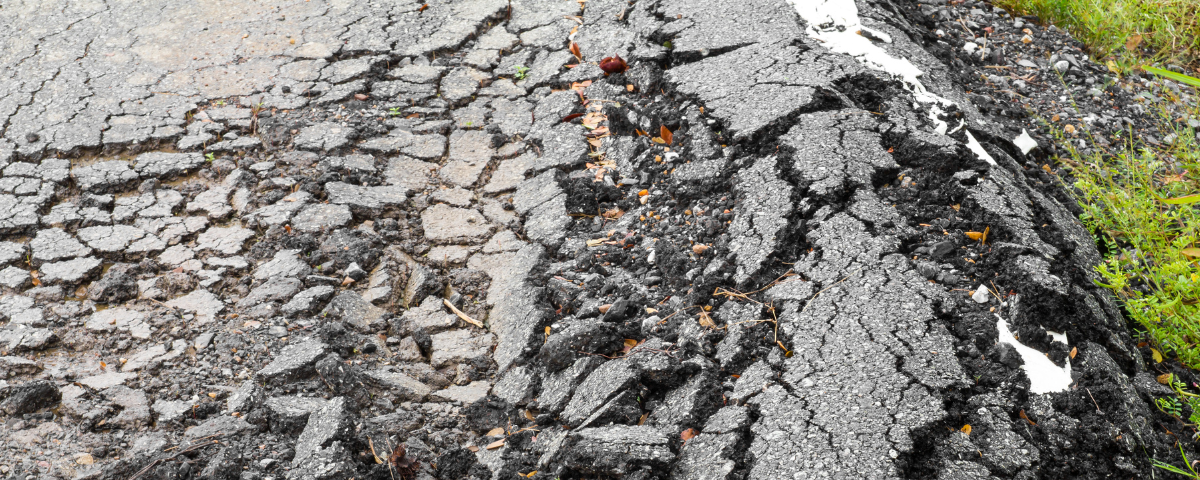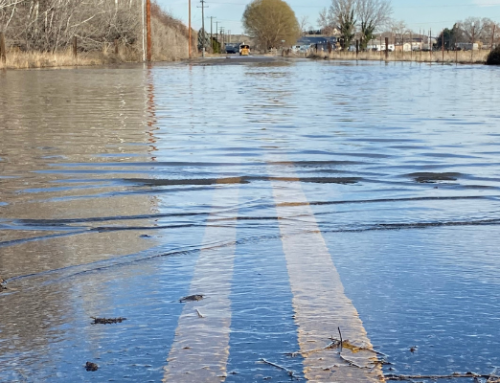The weather we see in this country never fails to surprise. February 2023 was the driest for 30 years in England with rainfall at less than half the UK average. Compare that with March where England and Wales had their wettest March for over 40 years. This resulted in much of the UK having fewer sunshine hours than average.
Such unpredictable and extreme weather prompts the recurring question whether this will be a year when insurers see an overall increase in the number of subsidence claims reported to them. We will likely know the answer to this question in the summer.
The Association of British Insurers (ABI) data showing the number of domestic subsidence claims notified across the industry in 2022 totalled 23,000. This number is similar to those recorded in 2018. 2021 saw 15,000 claims recorded due to the summer in the South East of England being much wetter and less sunny than average. Compared with the previous year, 2022 saw a considerable uplift across the industry.
Interestingly, in a typical year, 60% of valid subsidence claims will be due to root induced clay shrinkage. 18% will be due to leaking drains/mains water supply pipe. 18% will be due to poor ground, infill and consolidation issues, whilst the remaining 4% will be due to other causes such as heave, landslip, sinkholes or mining issues.
Zurich’s guide takes a look at what subsidence is, what the data is telling us, the claims process after an incident, and a look ahead through the rest of 2023.
We are here to help
If you are concerned about how this affects you and your business and would like support in assessing your needs, we are here to help. Please do get in touch for confidential advice and guidance.
This article was adapted from an article by Zurich which can be found here.






